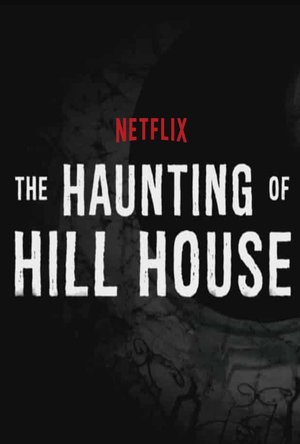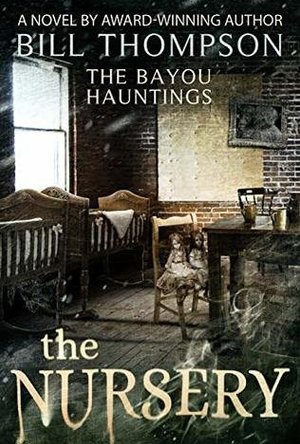Hara05 (11 KP) rated The Haunting of Hill House in TV
Jun 30, 2019
In an era of horrors which use chewed up, over used clichés - ridiculous, poorly times jump scares, unrealistic gore and mundane character profiles, to name a few - this Netflix series was both nostalgic and fresh at the same time.
From the moment the series started, I was on the edge of my seat. It does such a good job of building tension and fear that it's impossible to take everything in, indeed, on second viewing I noticed things I had completely missed during my first viewing. This series doesn't rely on simple jump scares and musical scores to make the view scared - it's so much more polished and intricate than that. It isn't just a series of blood and gore, of murderers chasing pretty girls with a kitchen knife or teenagers playing with ouija boards. Yes, there are ghosts. Yes, it's based in a haunted house but there is so much more to it!
The depths this series goes to draws you in from minute one. The well fleshed out characters, the great acting, the clever dialogue all mingles together to create an atmosphere the viewer gets lost in and a family the viewer grows to love. The family which this series is centred around is relatable, charasmatic and mysterious all at the same time. The horror is sometimes simple, sometimes obvious but always believable.
It's not very often that a series can have you crying from fear and heartbreak at the same time. The Haunting of Hill House not only manages this but does it splendidly. It's beautiful, harrowing and haunting all at the same time.
This series should be welcomed by anybody who loves the horror genre. It echoes some of the classics and is capable of redefining modern horrors at the same time. It's so refreshing to see the genre stripped back and cleverly delivered. So much of the genre is so repetitive now that my expectations for this series were low. Needless to say, it smashes those expectations.
Billie Wichkan (118 KP) rated The Nursery (The Bayou Hauntings #3) in Books
May 22, 2019
The Nursery by Bill Thompson is a book I requested from NetGalley and the review is voluntary.
This is the third book in the series and I wasn’t aware of that when I started this but it did not hamper me one bit in reading this one. The author gives you little bits on the background as you go along so it was very easy to pick up on.
This is not your typical haunted house story. There is a nice ghost and malevolent ghost, hidden bodies, a child’s grave where one did not belong, and travels through a mirror to other dimensions. And that doesn’t even touch the real-life evil that’s stalking the family’s every move. This is a different type of ghost story.
I love the location settings and the whole premise behind this series of paranormal interweaved with the characters lives.
I want to say so much more but I don’t want to give anything away. This book has so much going for it and I am definitely getting the previous books and following this author. This book had me right from the start and I hope there are more to come in this series.
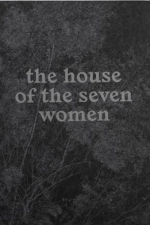
The House of Seven Women
Book
In the Beira-Alta region of Portugal, where Tito Mouraz was born and brought up, there is a house...
Photography
Kristin (149 KP) rated The Brown House (The Visitor's Series #1) in Books
Dec 7, 2018
I absolutely love scary stories, ones that keep you on your toes, trying to figure out what's going on, and this one definitely has the creepy factor. Christy has said the house used to be her husband's home growing up, and some of the experiences described in the book happened to him and his family. Whoa!!!
I couldn't help but get engrossed in the story, especially the developing relationship between Ephraim and Brylee, as well as her friendship with Lynley. Then there would be parts that made me just want to scream at the book, throw it across the room, something, because that's how drawn into it I was. Oh, and I read it in one day, because I just couldn't put it down, THAT'S how great it is. Although, because of the ending, I'm on pins and needles waiting for more. I'm so glad my book club read this one this month, so awesome!! I'd highly recommend to anyone who likes supernatural stories, ghost stories, haunted houses, and the like. Fantastic!!
5 stars =)

The Physick Book of Deliverance Dane
Book
A spellbinding, beautifully written novel that moves between contemporary times and one of the most...
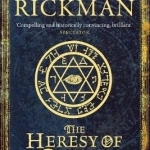
The Heresy of Dr Dee
Book
All talk is of the End-time...and the dead are rising. At the end of the sunless summer of 1560,...
Creepy California: Strange and Gothic Tales from the Golden State
Book
Beneath California's scenic landscape lies a strange and dark side, full of spine-tingling tales and...
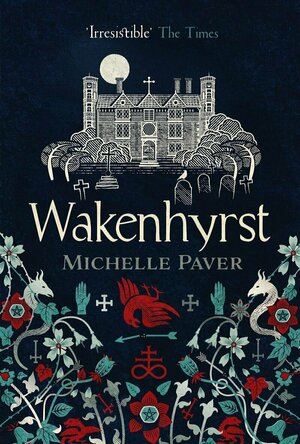
Wakenhyrst
Book
Description Product Description A Times Best Book of 2019. 'Paver is one of Britain's modern...
Michelle paver Wakenhyrst
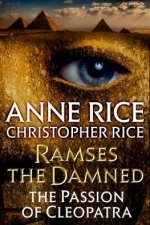
Ramses the Damned: The Passion of Cleopatra
Anne Rice and Christopher Rice
Book
Ramses the Great, former pharaoh of Egypt, is reawakened by the elixir of life in Edwardian England....

Lessons
Book
While the world is still counting the cost of the Second World War and the Iron Curtain has...
WW2 Post war Germany Post War UK Relationships Literary Fiction Historical Fiction
